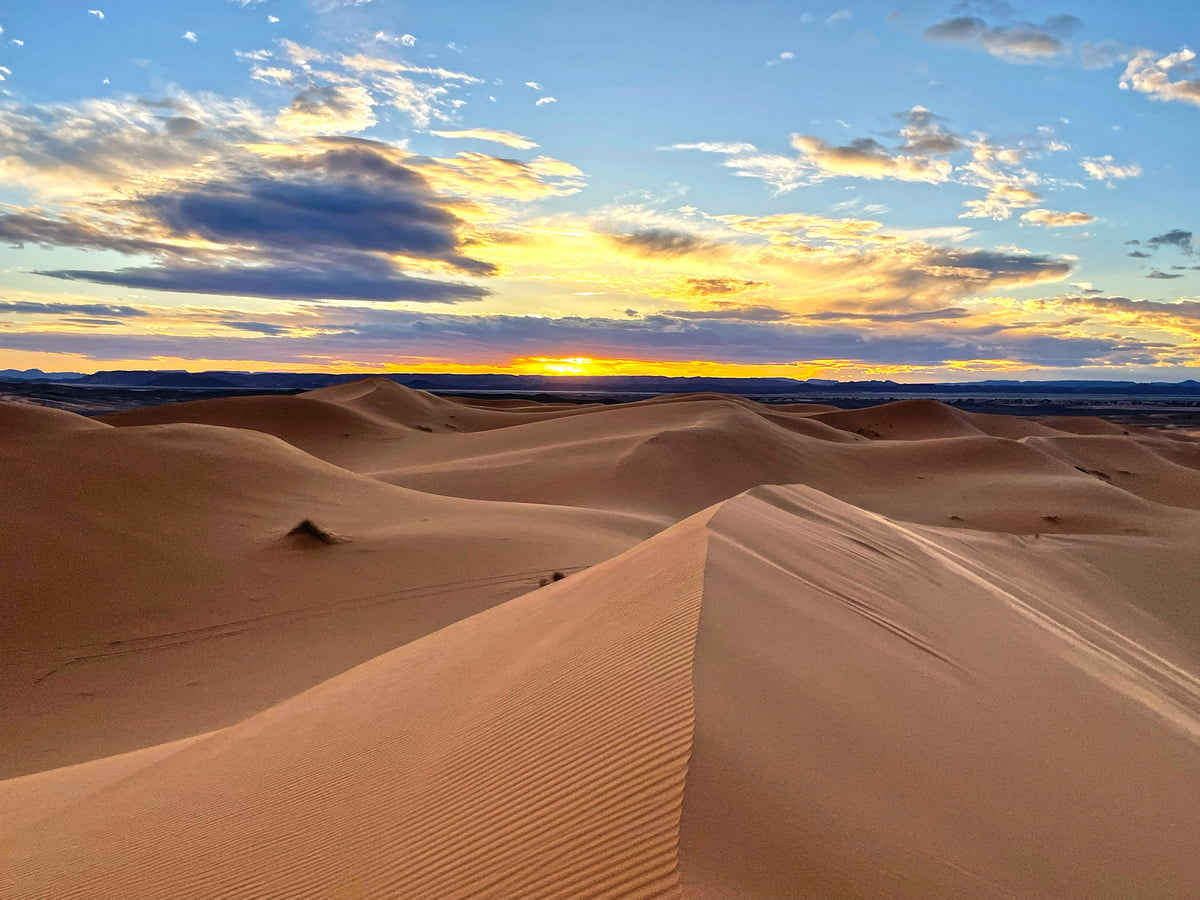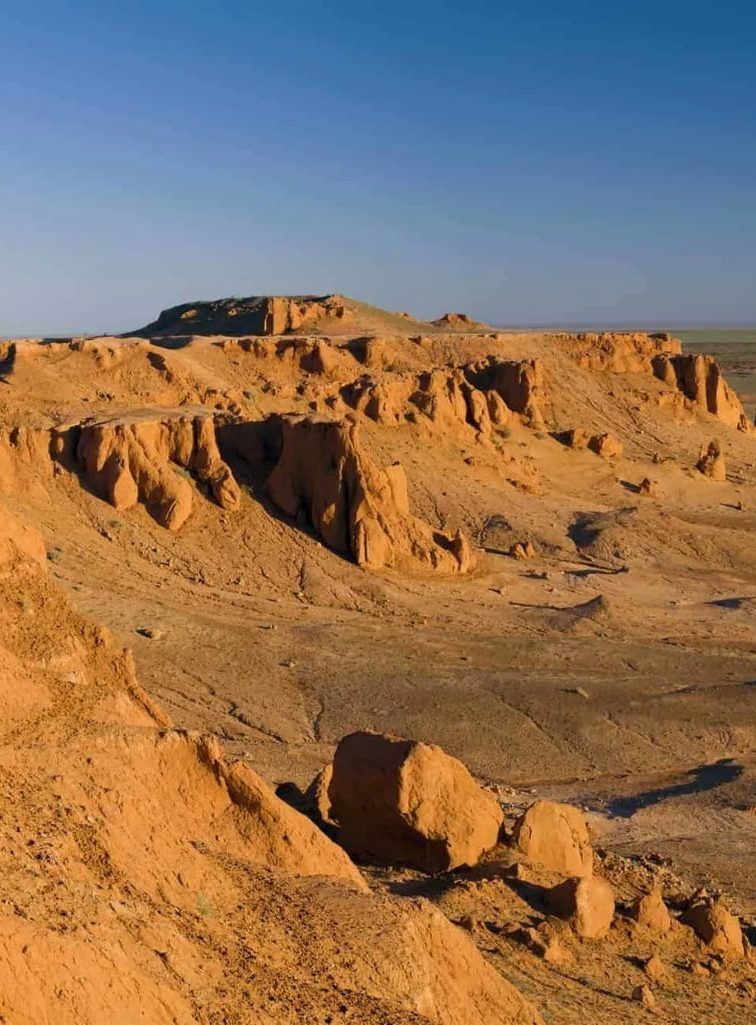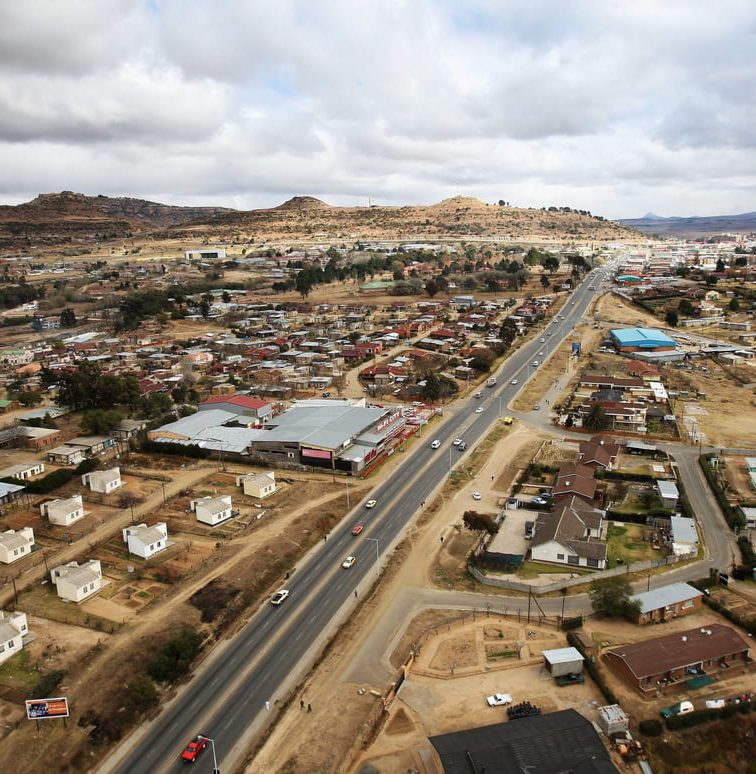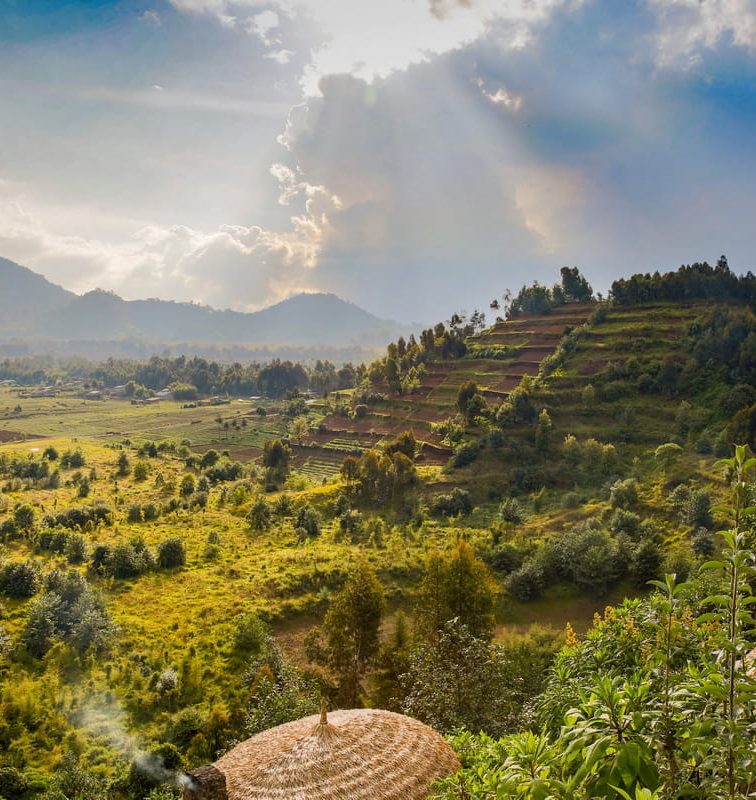The Sahara Desert is a land of extremes and mysteries, covering an area larger than the USA. Did you know it snows occasionally in this vast desert? Or that it’s home to ancient rock paintings, evidence of a once lush and green landscape?
Despite its harsh conditions, about 2.5 million people live there, adapting to its challenging environment. The desert’s size is ever-changing, expanding by up to 10 kilometers annually. Dive into these and other fun facts about the Sahara Desert to uncover the secrets of one of the most captivating places on Earth.
1. Largest Hot Desert in the World
The Sahara Desert holds the title of the largest hot desert on Earth, spanning an area of approximately 9.2 million square kilometers. This vast expanse covers parts of 11 countries: Algeria, Chad, Egypt, Libya, Mali, Mauritania, Morocco, Niger, Western Sahara, Sudan, and Tunisia.
The Sahara’s name derives from the Arabic word “ṣaḥrāʾ,” meaning “desert.” Despite its arid environment, the Sahara is home to diverse landscapes, including sand dunes, mountains, and salt flats. Historically, the Sahara was a thriving region with rivers and lakes, as evidenced by ancient rock paintings and fossils.
Today, it plays a crucial role in the global climate system, with its dust storms impacting weather patterns across continents.
2. Sahara’s Age: Over 2.5 Million Years
The Sahara Desert is over 2.5 million years old, with its formation influenced by tectonic shifts and climatic changes. Fossil records and ancient lake sediments reveal that the Sahara has undergone numerous transformations between lush, green landscapes and arid deserts.
Approximately 10,000 years ago, during the African Humid Period, the Sahara was a verdant region with rivers, lakes, and abundant wildlife. Human artifacts from this time, such as rock paintings found in the Tassili n’Ajjer mountains, depict a landscape rich with flora and fauna. This cyclical pattern of wet and dry periods is attributed to variations in the Earth’s orbit and axial tilt, which affect monsoon patterns and rainfall distribution in the region.
3. Diverse Ecosystems: Not Just Sand
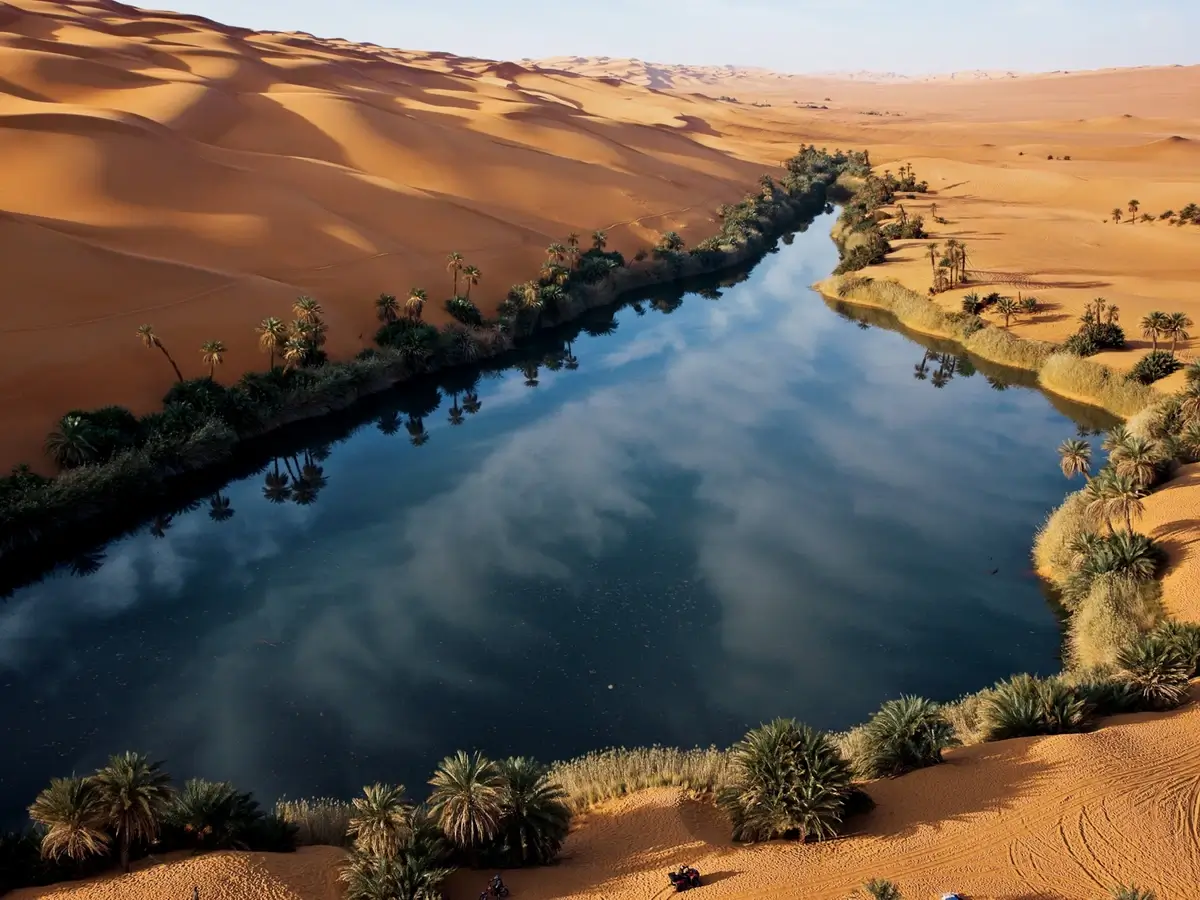
Image: National Geographic
The Sahara Desert, while famous for its vast sand dunes, hosts a variety of diverse ecosystems. These include gravel plains, rocky plateaus, salt flats, and mountain ranges like the Ahaggar and Tibesti. These regions support unique flora and fauna adapted to extreme conditions.
Oases such as the Siwa Oasis in Egypt and the Ghadames Oasis in Libya are lush with date palms and serve as vital water sources. The Sahara’s intermittent rivers and underground aquifers sustain these oases and the communities that rely on them. Additionally, the desert is home to the Sahara Desert Conservation Fund, which works to protect species like the addax and the Saharan cheetah, showcasing the desert’s ecological importance beyond its sandy surface.
4. Highest Point: Emi Koussi
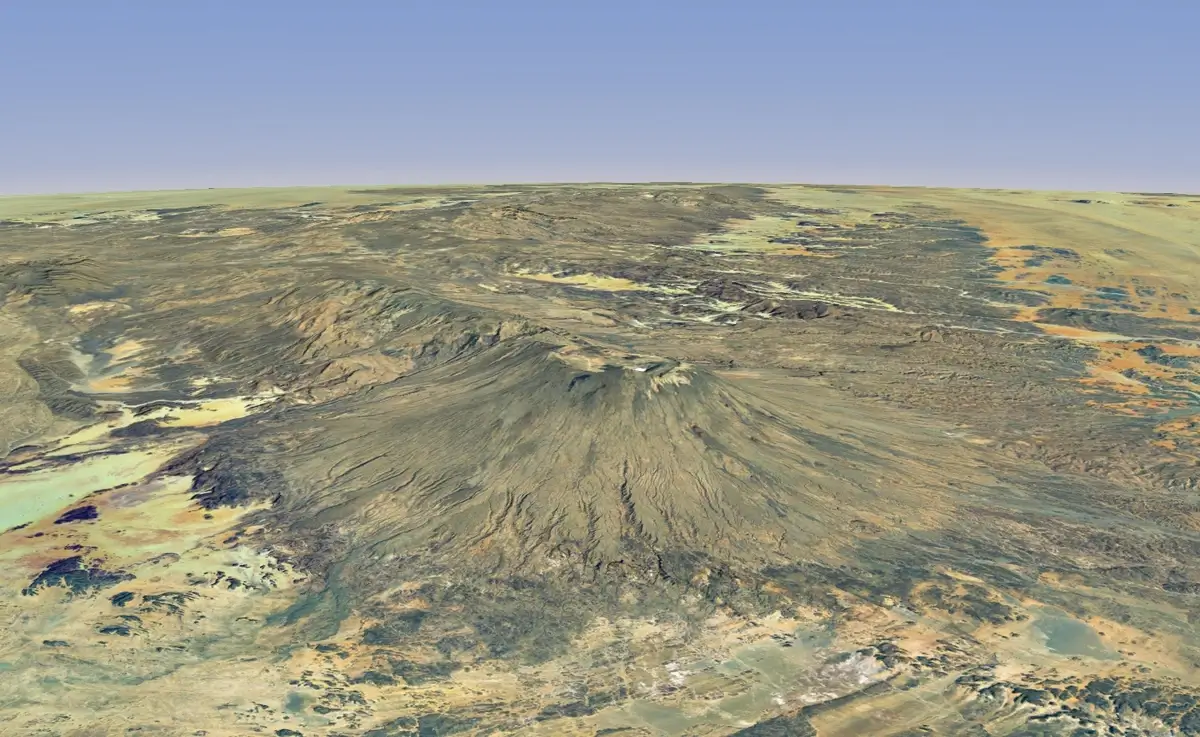
Image: Wikimedia Commons
Emi Koussi, a shield volcano in Chad, is the highest point in the Sahara Desert, rising to an elevation of 3,415 meters (11,204 feet) above sea level. This volcanic mountain is located in the Tibesti range and is significant both geologically and historically.
Formed from successive volcanic eruptions, Emi Koussi features a caldera with a diameter of 12 kilometers. The region surrounding the volcano is rich in unique flora and fauna, adapted to its high-altitude environment. Archaeological finds suggest that ancient human societies might have inhabited the area, utilizing its resources. Emi Koussi also offers a stark contrast to the surrounding desert plains, showcasing the Sahara’s diverse topography.
5. Rich Fossil Deposits
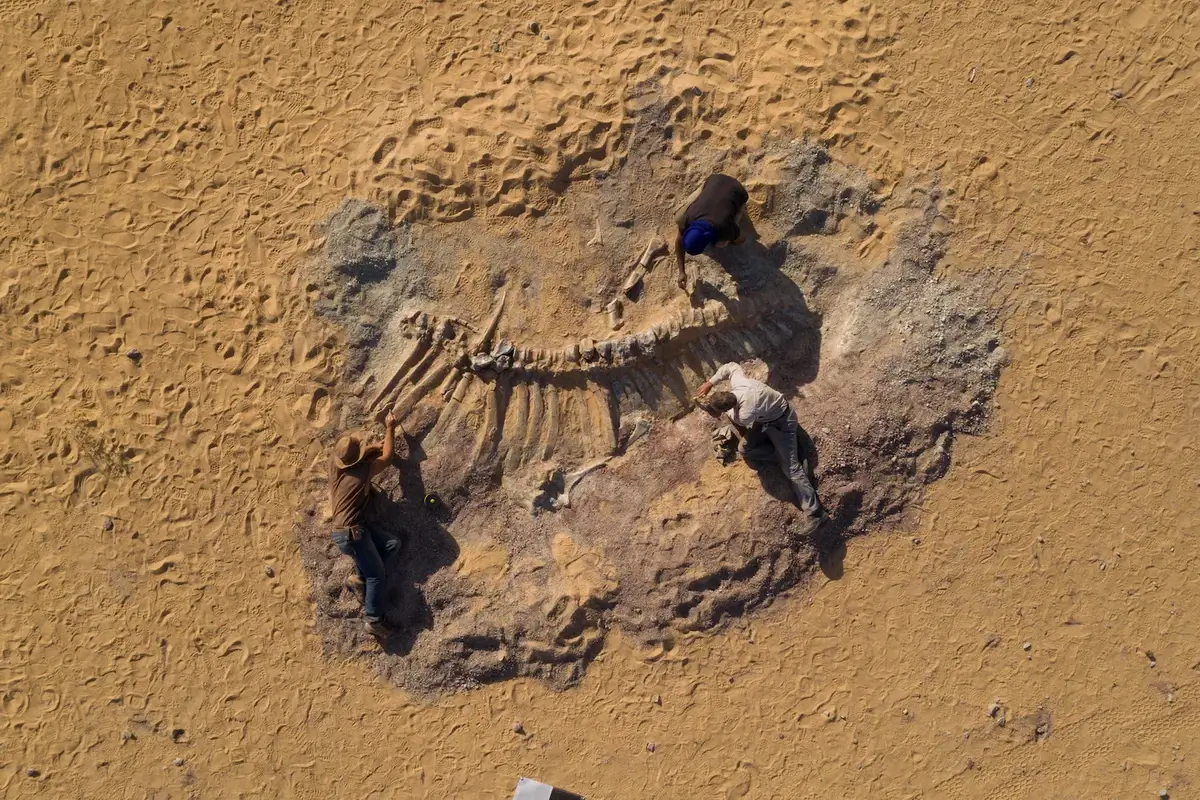
Image: thearchaeologist.org
The Sahara Desert is a treasure trove for paleontologists, with rich fossil deposits dating back millions of years. Discoveries include the remains of dinosaurs like the Spinosaurus and Carcharodontosaurus, which roamed the region during the Cretaceous period. Additionally, ancient lake beds have preserved fossils of prehistoric fish, crocodiles, and early mammals, providing insights into the Sahara’s once lush and wet past.
The Elrhaz Formation in Niger and the Kem Kem Beds in Morocco are particularly notable sites. These fossil finds have helped scientists reconstruct the paleoenvironment of the Sahara, revealing its dramatic climatic shifts over geological time.
6. The Tuareg People
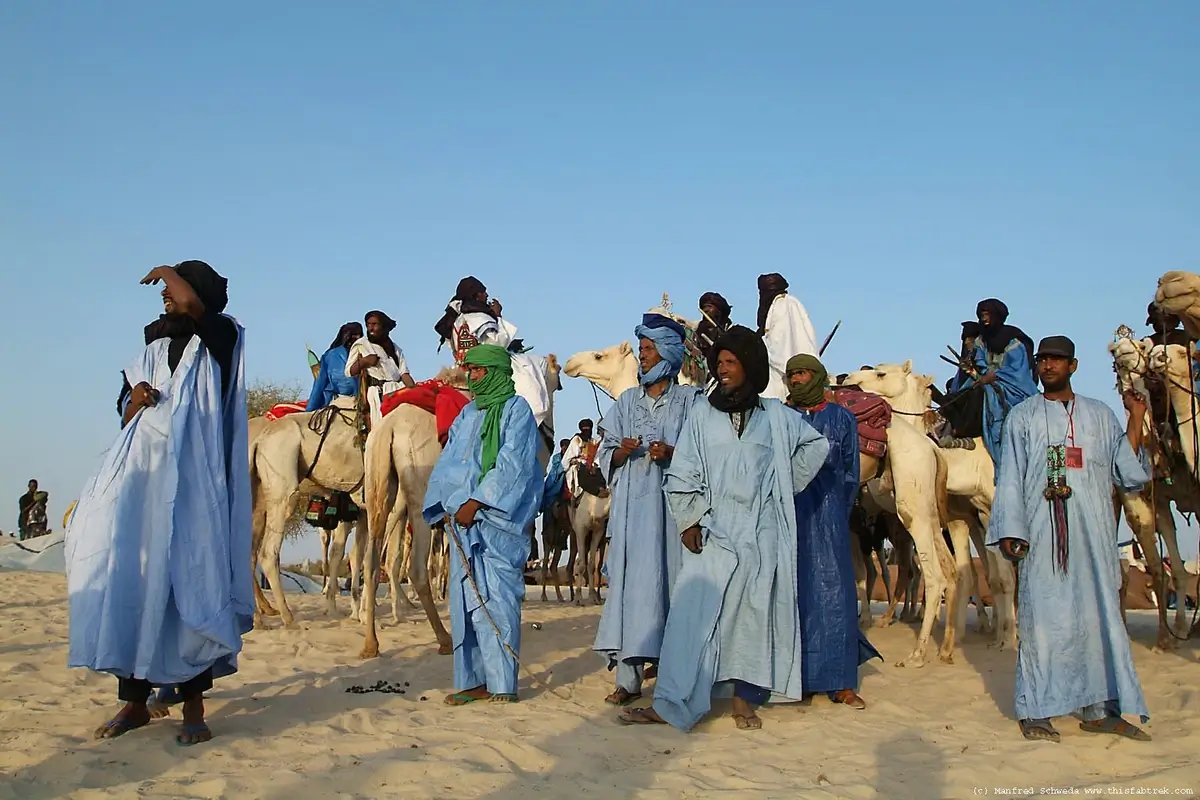
Image: alache.wordpress.com
The Tuareg people, often referred to as the “Blue People” due to their indigo-dyed clothing, are a nomadic Berber ethnic group inhabiting the central Sahara Desert. They have a rich cultural heritage, with traditions and a way of life adapted to the harsh desert environment. The Tuareg are known for their skill in navigating the vast desert and their extensive knowledge of its geography. Historically, they played a crucial role in trans-Saharan trade, transporting goods such as salt, gold, and slaves across the desert.
The Tuareg society is matrilineal, meaning lineage and inheritance are traced through the mother. They speak Tamasheq, a Berber language, and have a unique script called Tifinagh. Despite modern challenges, the Tuareg maintain many of their traditional customs and continue to be a symbol of resilience and adaptation in the Sahara.
7. Temperature Extremes
The Sahara Desert experiences some of the most extreme temperatures on Earth. Daytime temperatures can soar above 50°C (122°F), while nighttime temperatures can plummet to near freezing. The highest temperature ever recorded in the Sahara was 58°C (136.4°F) in El Azizia, Libya, in 1922, although this record has been disputed.
These temperature fluctuations are due to the desert’s lack of humidity and cloud cover, which allows rapid heating during the day and swift cooling at night. This harsh climate challenges both the flora and fauna, as well as human inhabitants, necessitating specialized adaptations for survival.
8. Rare Snowfall
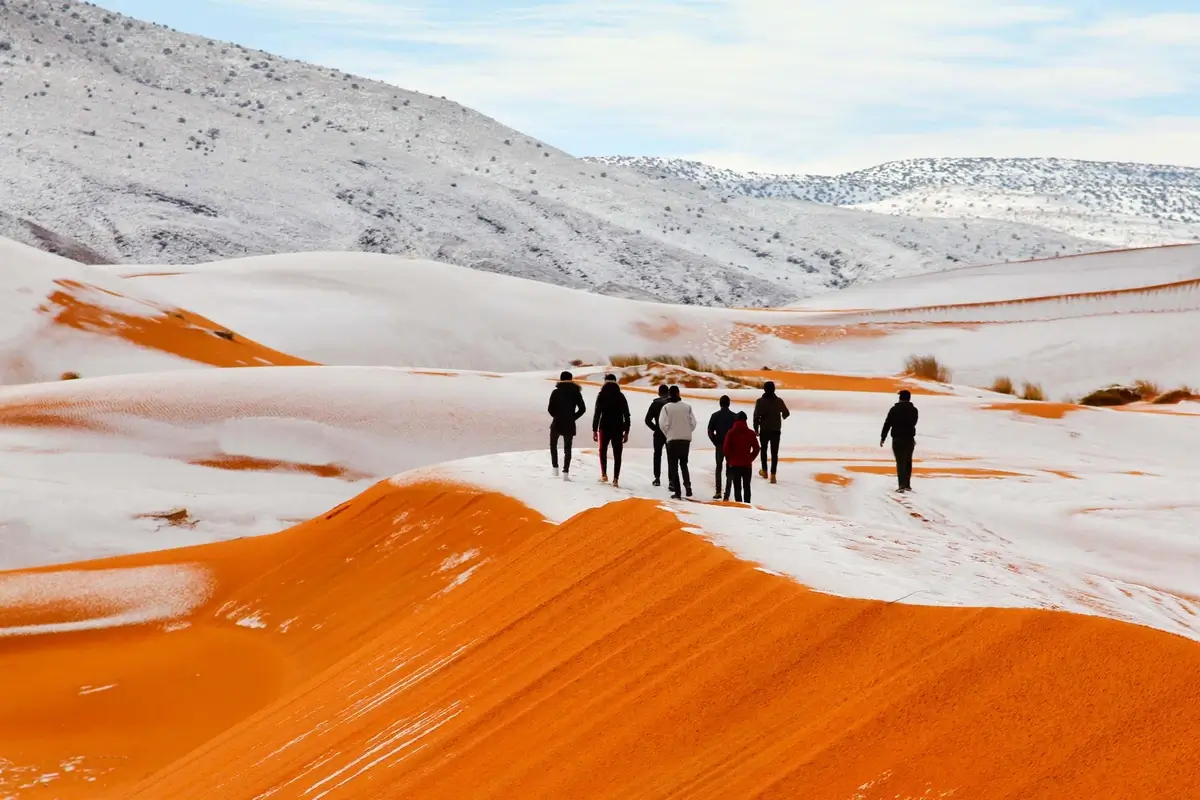
Image: CNN
Snowfall in the Sahara Desert is an extremely rare phenomenon. One of the most notable occurrences was in December 2016 when the town of Ain Sefra in Algeria experienced a significant snowfall. Dubbed the “Gateway to the Sahara,” Ain Sefra saw up to a meter of snow in some areas, creating a stunning contrast between the white snow and the red sand dunes. This event was particularly unusual because the Sahara is known for its scorching temperatures and arid conditions.
Scientists attribute such rare weather events to fluctuations in atmospheric patterns and climate anomalies. Snowfall in the Sahara provides a unique opportunity to study the impacts of extreme weather in desert ecosystems.
9. The Desert’s Expansion
The Sahara Desert is expanding, a process known as desertification. This expansion, driven by climate change and human activities such as overgrazing and deforestation, has significant ecological and socio-economic impacts. Research indicates that the Sahara has grown by 10% since 1920. This desertification affects the Sahel region, a semi-arid belt bordering the Sahara, leading to the loss of arable land and displacement of local communities.
Efforts like the Great Green Wall initiative aim to combat this expansion by planting trees across the Sahel to restore degraded landscapes and improve food security. Understanding and addressing the causes of desertification is crucial for the sustainability of affected regions.
10. Mysterious Eye of the Sahara

Image: 2ch.hk
The Eye of the Sahara, also known as the Richat Structure, is a prominent circular feature in the Mauritanian desert. Spanning 40 kilometers in diameter, this geological formation is visible from space, resembling a giant bullseye. Initially believed to be an impact crater, recent studies suggest it is a highly eroded dome, formed by uplifted rock layers that have been exposed by erosion over millions of years.
The Eye’s symmetrical shape and size have sparked numerous theories about its origin, ranging from natural geological processes to more speculative ideas. The Richat Structure provides valuable insights into the region’s geological history and attracts scientists and tourists alike.
11. Saharan Sandstorms
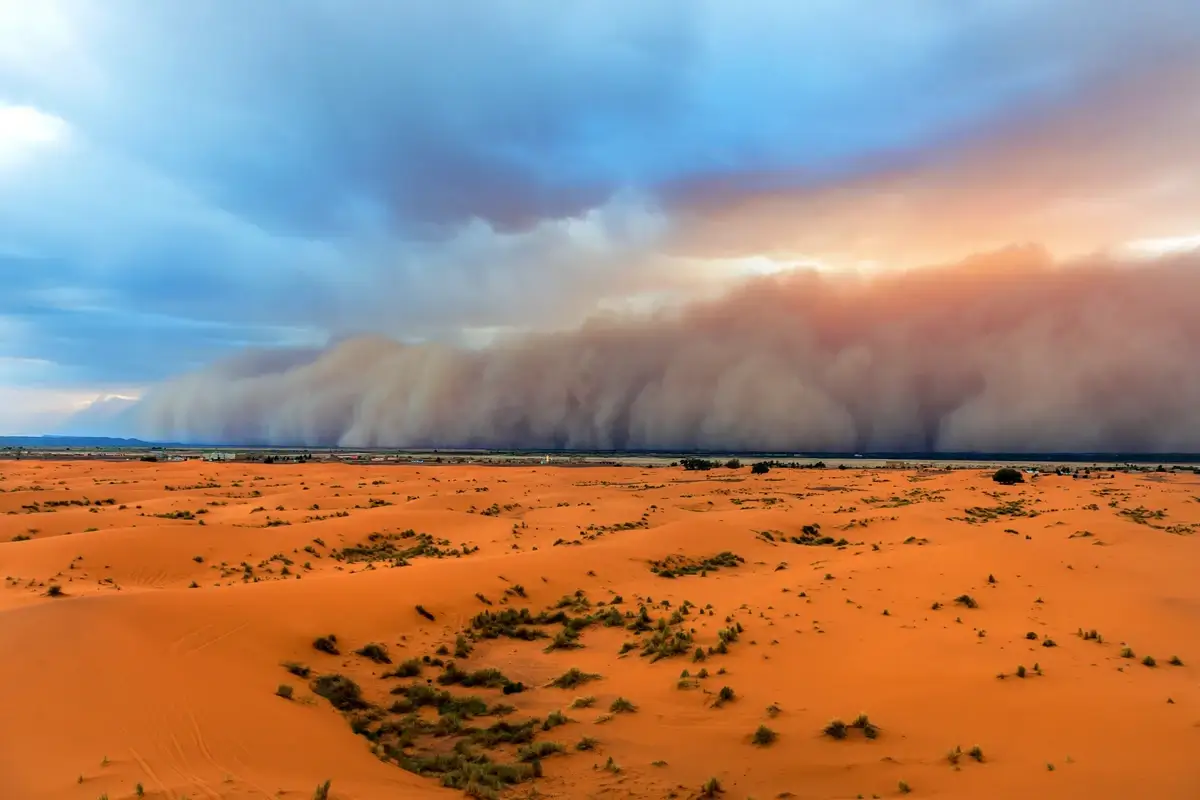
Image: vox.com
Saharan sandstorms, known as “haboobs,” are powerful windstorms that can transport massive amounts of sand and dust across continents. These storms are driven by strong winds, often exceeding 60 kilometers per hour (37 mph), lifting sand and dust particles high into the atmosphere. The dust can travel thousands of kilometers, affecting air quality and weather patterns as far away as the Americas and Europe.
One of the most notable instances occurred in 2020 when a massive Saharan dust plume, dubbed the “Godzilla Dust Cloud,” reached the Caribbean and the southeastern United States. These storms play a critical role in nutrient transport, particularly iron, which is essential for oceanic plankton growth.
12. Desert Wildlife Diversity
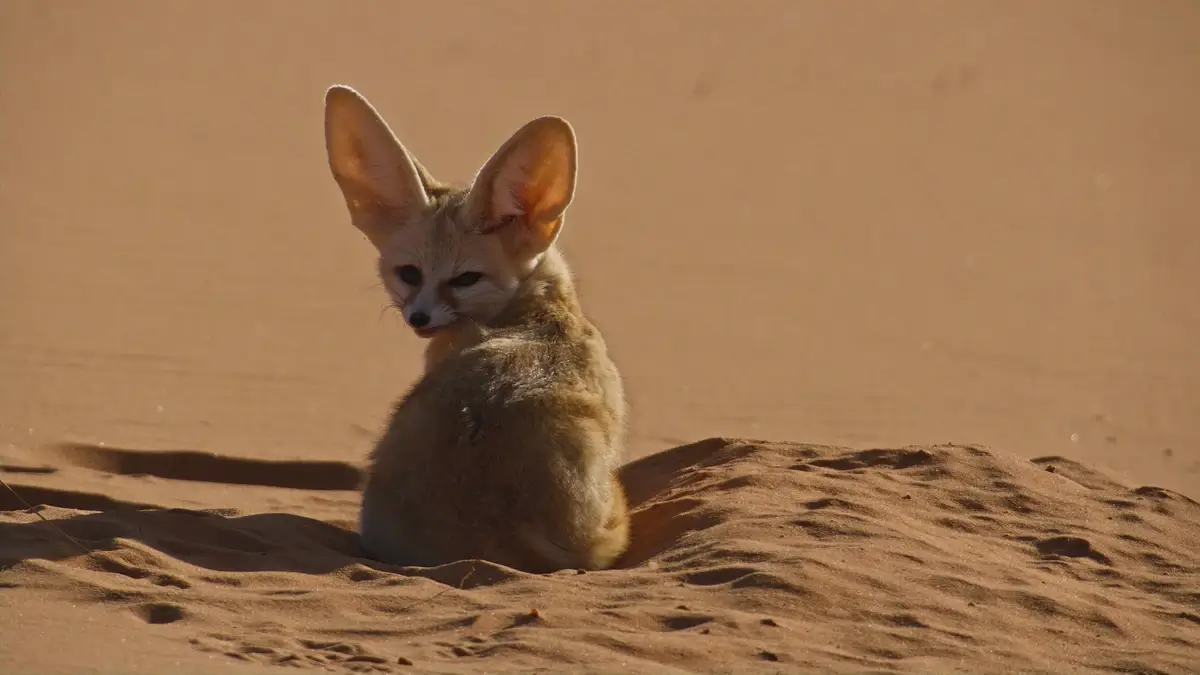
Saharan Fennec Fox. Image: inews.co.uk
The Sahara Desert, one of the harshest environments on Earth, hosts a surprisingly diverse range of wildlife. Adaptations to extreme conditions are key for survival here. The Fennec Fox, with its oversized ears and nocturnal habits, efficiently dissipates heat and hunts in cooler nighttime temperatures. The Addax Antelope, critically endangered, showcases adaptations like wide hooves for traversing soft sands and the ability to go long periods without water.
The Saharan Silver Ant is a marvel of heat resistance, active during the hottest part of the day to avoid predators, using reflective hairs to deflect solar radiation. The Berber Skink, a “sandfish,” can burrow quickly to escape the heat, showcasing unique locomotion adapted to desert life.
These animals’ unique adaptations not only enable survival but highlight the rich biodiversity and intricate ecosystems even in the planet’s most extreme landscapes.
13. Natural Oil Reserves
Natural oil reserves in the Sahara Desert are a significant source of economic activity and energy production. Algeria, one of the largest countries in the Sahara, is a major player in the oil and gas industry. Approximately 60% of Algeria’s income is derived from these resources. The Hassi R’Mel gas field, discovered in the 1960s, remains the largest in Algeria and continues to be a critical asset, supplying gas through the Medgaz pipeline to Spain and the Arzew LNG plant.
Recent discoveries, such as the Sonatrach’s find in the LD2 Lias Carbonate reservoir, highlight the ongoing potential for new reserves. This discovery alone could hold up to 12 trillion cubic feet of gas, ensuring continued production and economic benefits for the region. Libya and Egypt also have substantial oil fields, contributing to the Sahara’s reputation as a critical area for global energy supplies.
14. Solar Energy Potential
The Sahara Desert holds immense potential for solar energy, capable of powering the entire world. Vast stretches of this sun-drenched region are ideal for large-scale solar farms. A study suggests that covering 10,000 square kilometers with solar panels could meet global energy demands.
Solar projects like Morocco’s Noor Complex are leading the way, demonstrating the feasibility and efficiency of solar energy in the Sahara. Moreover, solar installations could foster regional economic growth and increase rainfall, benefiting the Sahel region.
FAQ
How old is the Sahara Desert?
The Sahara Desert is approximately 7 million years old. Its formation began due to climatic changes that caused the region to dry up, transforming it from a lush, green landscape into the vast desert it is today.
What is the Sahara Desert most famous for?
The Sahara Desert is most famous for its vast sand dunes, some of which reach heights of up to 180 meters (590 feet). It is also renowned for its extreme temperatures, unique wildlife, and historical significance as a trade route and home to ancient civilizations.
What did the Sahara Desert look like 10,000 years ago?
10,000 years ago, the Sahara was a verdant region with abundant lakes, rivers, and vegetation. It supported diverse wildlife and early human settlements. This period is often referred to as the African Humid Period.
Who named the Sahara Desert?
The Sahara Desert was named by Arab traders. The word “Sahara” is derived from the Arabic word “ṣaḥrāʾ,” meaning “desert.”
How hot is the Sahara Desert?
Temperatures in the Sahara Desert can soar up to 50°C (122°F) during the day in the hottest months. Nighttime temperatures can drop significantly, sometimes falling below freezing in winter.
Was the Sahara always a desert?
No, the Sahara was not always a desert. It has undergone cyclical climate changes, alternating between wet and dry periods. During the African Humid Period, it was a lush, green landscape with lakes and rivers.


